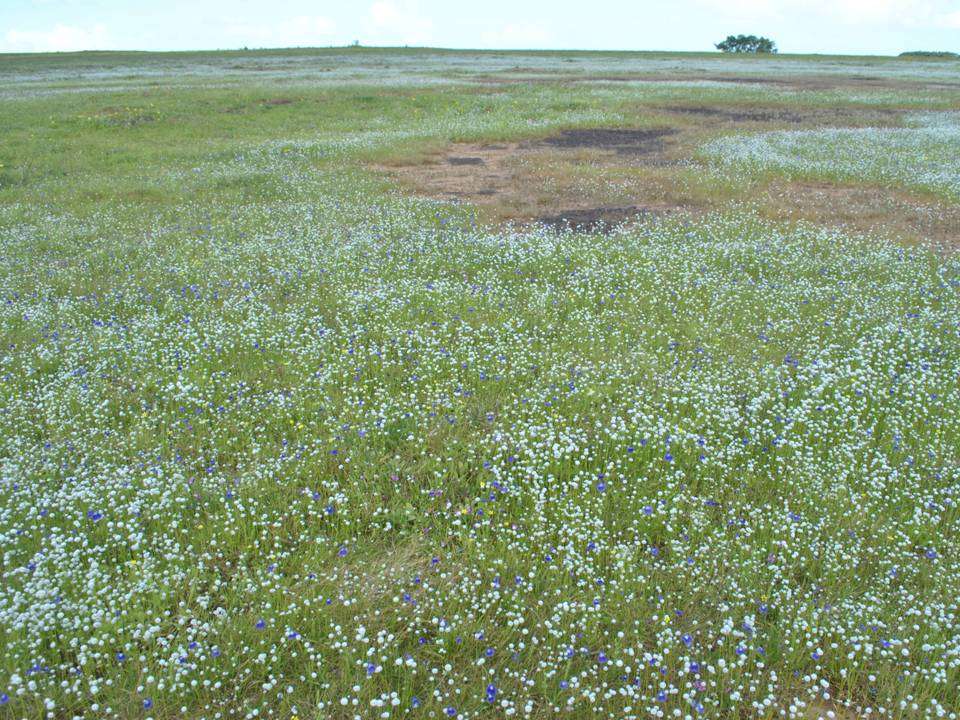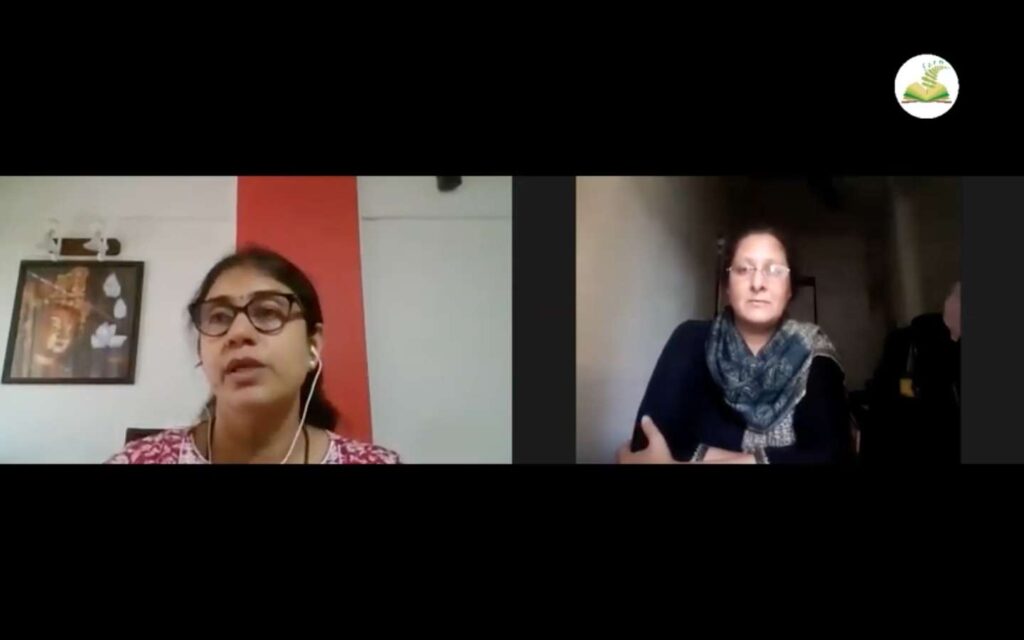The Asia Plateau or Panchgani tableland located in Panchgani hill station, is a famous tourist spot in Satara District of Northern Western Ghats. It is included in the Mahabaleshwar-Panchgani Ecosensitive Zone as a Conservation Zones and a Natural Heritage Site. Geology, geomorphology, flora and fauna of Panchgani tableland has been studied for more than a century. It was a popular summer tourism spot since British period. A number of hill streams originate from the plateau in monsoon and it has 2 perennial ponds. Additionally several small ephemeral pools form during monsoon on all the plateaus.
The Panchgani tableland has been floristically explored by the botanists for more than a century. It is type locality of six flowering plants (of which one is presumable extinct locally) and 2 freshwater fern species (Isoetes sp.) all of which are endemic to Western Ghats. It is also type locality of a freshwater Ostracode (an invertebrate), but its present status at the locality is unknown. It is also type locality of one lichen species and has around 20 lichen and moss species, of which many are Western Ghat endemic. 47 endemic species angiosperms and ferns are seen here of which 12 are rare and threatened. Malabar Lark an endemic bird is seen on the plateau. A grass, Dichanthium panchganiensis, an orchid Habenaria panchganiensis, a succulent Euporbia panchganiensis and lichen Diorygma panchganiensis have been named after Panchgani. It has two underground caves which are roosting place for bats.
Tourism took a severe toll on this plateau mainly due to its commercial, unplanned nature. Large parts of plateau were trampled, drove upon and lost the fragile vegetation cover. However, tourism is the main livelihood activity of this region and provides large revenue to local communities as well as Panchgani Municipal Council. Hence any activity of biodiversity and ecological protection has to be planned taking tourism into consideration.
Bombay Environmental Action Group provided the legal support in terms of various court orders that ensured the laws and policies for eco-sensitive zone and conservation zone are accepted by all the stakeholders and implemented on ground. At the same time consistent dialogue with local tourism entrepreneurs, Panchgani Council officers and tourists ensured that all are aware and proud of the natural values of the locality.
Scientific monitoring through student volunteers provided baseline data for conservation planning of this unique and challenging habitat. The area is divided into 3 zones- conservation zone, restoration zone and sustainable tourism zone with specific actions planned for ensuring survival of biodiversity in all zones. Indicators are identified in flora and fauna and a matrix is developed to ensure reduction in environmental impacts and gain of ecological values. The benchmark for the action project are historical records of past botanical inventories of the region, as there is no other comparable plateau in the region at present.
It is an evolving study which will inform policy regarding restoration and management of special rock outcrop habitats in the region.

















